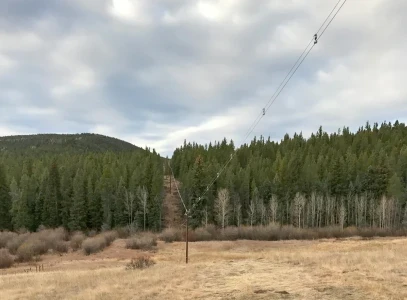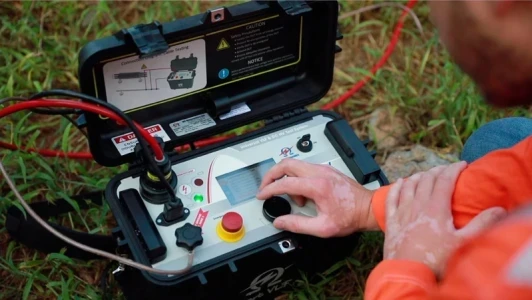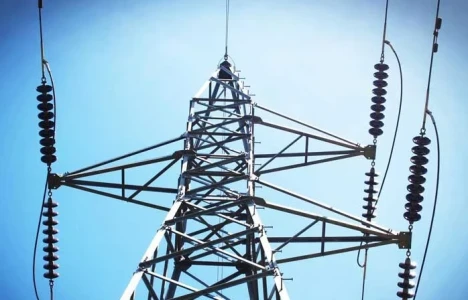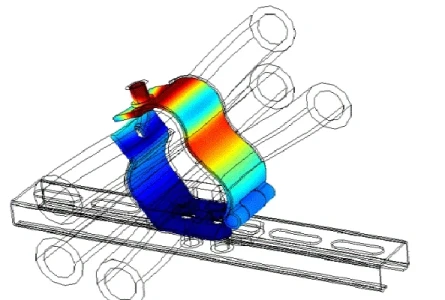Wire and Cable
Utility Proactively Tests Underground Cable
United Power Installs Hendrix Aerial Spacer Cable Solution to Address Fire Mitigation Needs
Wire and Cable

The Role of Cable Rejuvenation in Addressing the Maintenance of Aging Underground Cables
Aging underground residential distribution (URD) cables is a growing problem in communities around the world, disrupting customers and causing business challenges for utility providers. But in most cases, the traditional remedy for URD cable failure—taking the impacted cable out of service and putting new cable in its place—has proven to be unfeasible. When cables fail, the resulting outages and the replacement work required to restore power create logistical problems that are usually unpredictable and expensive—costs that must be absorbed by the provider, the customer,...
Related Articles

United Power Installs Hendrix Aerial Spacer Cable Solution to Address Fire Mitigation Needs
Based in Brighton, CO, United Power Inc. is the 2nd largest electric cooperative in Colorado. With over 5,000 miles of power lines and nearly 83,000 meters, they serve over 200,000 customers along the north central range of the Colorado Rockies. A section of the United Power service area also heads...

The Overlooked Benefits of High-Performance Powerline Conductors
Background:For over 100 years Transmission Engineers have relied on aluminum conductors strengthened by steel core wires, commonly referred to as ACSR conductors. These conductors offered reasonable performance and durability and were capable of operating at temperatures up to 93° C. Above this...

Cable Testing Comes of Age - One Cycle at a Time
Field Testing of MV and HV cables has come a long way in recent decades. Gone are the days of old, when the traditional DC (Direct Voltage/Current) hipot was the recommended method for testing these modern cables that form the critical backbone of the distribution electrical power network....

High-Capacity, Energy-Efficient ACCC® Conductor Case Study
This project won EEI Transmission Project of the Year – 2016 Description: 240 circuit miles, 345 kV line, double bundleProject: Replace 1,440 miles of ACSR conductor with ACCC Objectives Improve reliability (reduced sag and corrosion) Increased capacity to serve growth (2X...

FERC Complaint Targets Duke, PJM Transmission Planning
A coalition of large energy consumers and ratepayer advocates has filed a complaint with the Federal Energy Regulatory Commission (FERC), urging the agency to prohibit transmission owners from independently planning "local" transmission projects exceeding 100 kilovolts (kV). The coalition argues...

FERC Approves Interconnection for Talen Energy, Amazon Data Center
In a significant move that underscores the growing demand for reliable and sustainable energy to power the expanding digital infrastructure, the Federal Energy Regulatory Commission (FERC) has approved an interconnection agreement between Talen Energy, Amazon Web Services (AWS), and Exelon. This...

FirstEnergy Explores Alternatives to PJM Capacity Market
In a strategic move aimed at enhancing its power supply reliability, FirstEnergy is actively exploring alternatives to the PJM capacity market. This development reflects the company’s proactive approach to addressing challenges within the existing market structure and ensuring a more robust...

Cable Cleats Testing - Crucial to Cable Management
Essentially, cable cleats are devices designed to secure cables and to ensure the retention and support of them, reducing the load that the cable may be exposed to under its own weight. They are also designed to contain the cables under fault conditions, protecting the cables and the cable...

Reconducting Existing Transmission Lines Enables Low-Cost Grid Decarbonization
To support decarbonization mandates in the U.S., many utilities and transco's have proposed new transmission lines to link load centers with new renewable generation assets and move power from one region to another over vast distances. While the U.S. government continues to struggle to find ways to...

The Evolution / Revolution of Overhead Conductors... and why it matters
Brief Background: In the early 1900’s Aluminum Conductor Steel Reinforced (ACSR) conductor was developed to replace copper wires, due to the war effort when copper was needed for munitions. In the 1970’s growing demand for electricity inspired the development of higher capacity...
